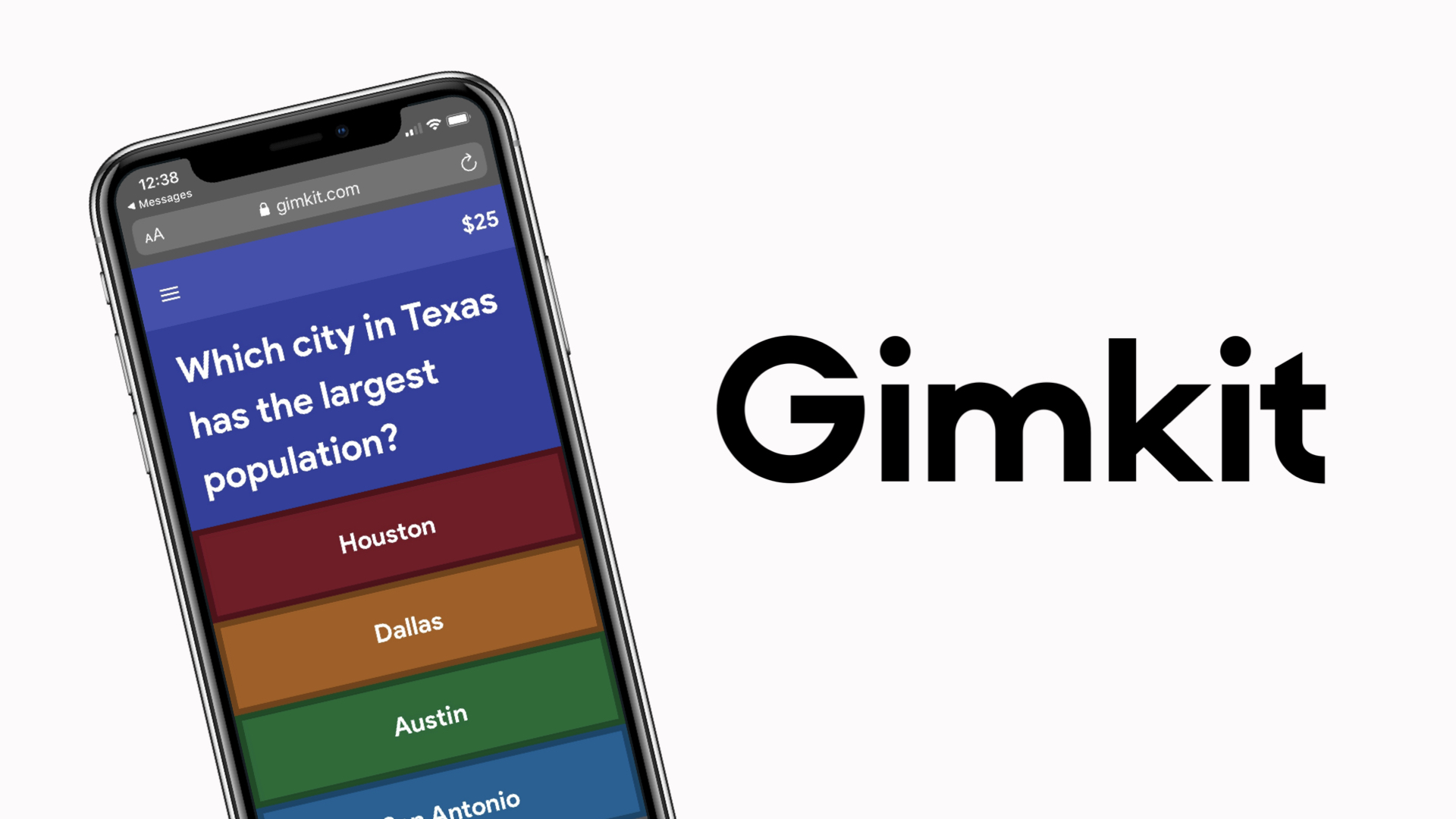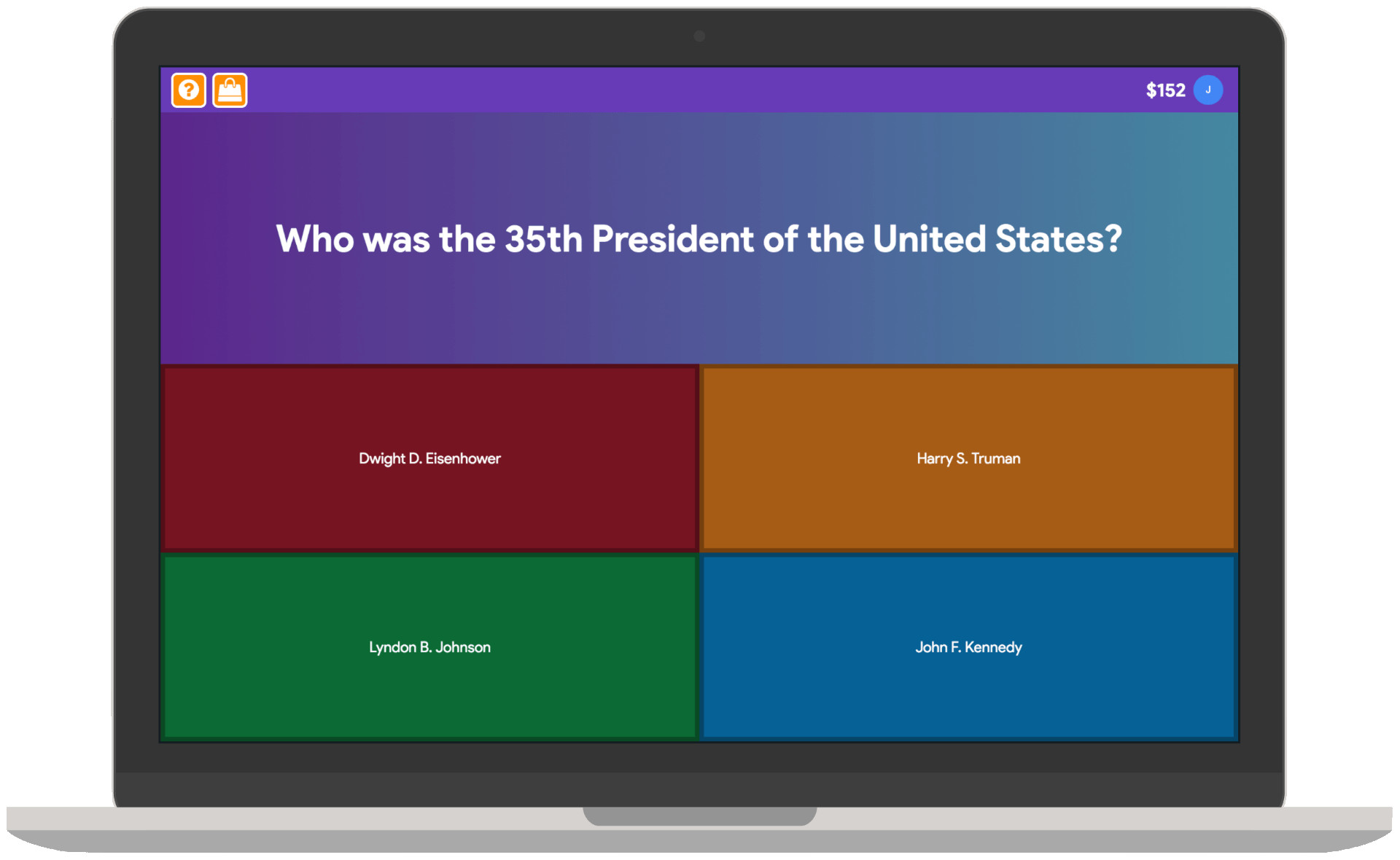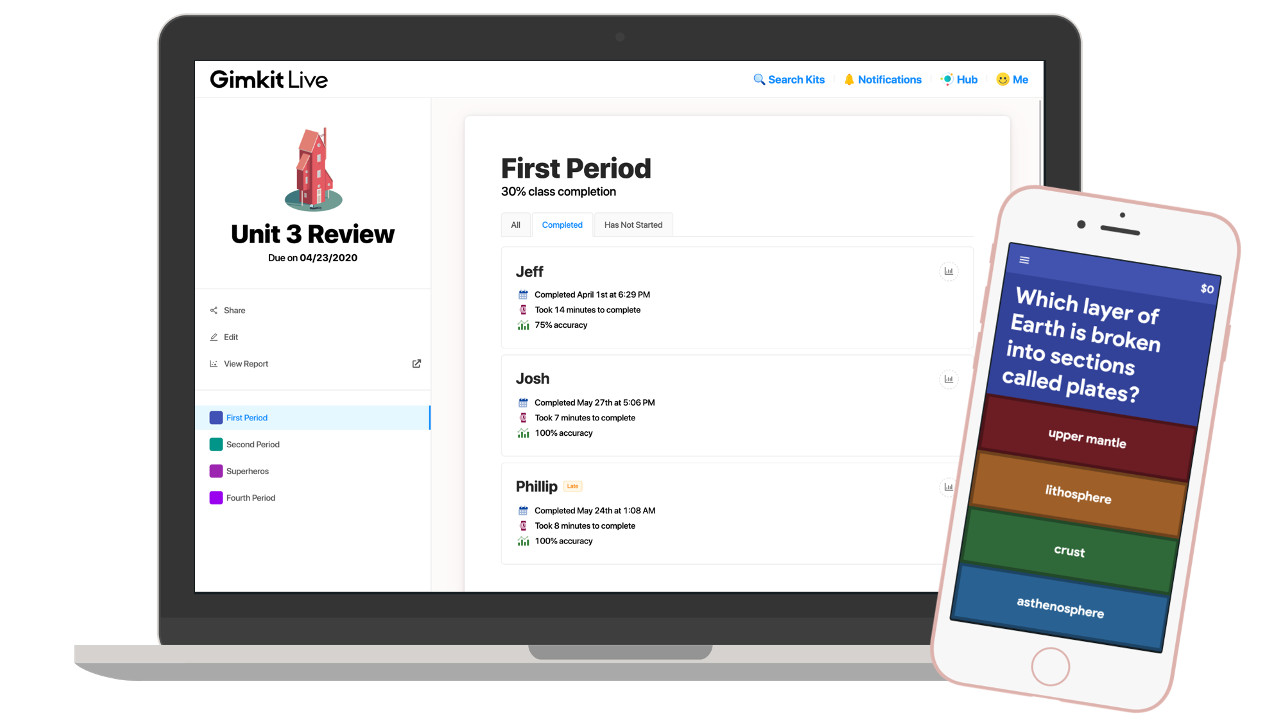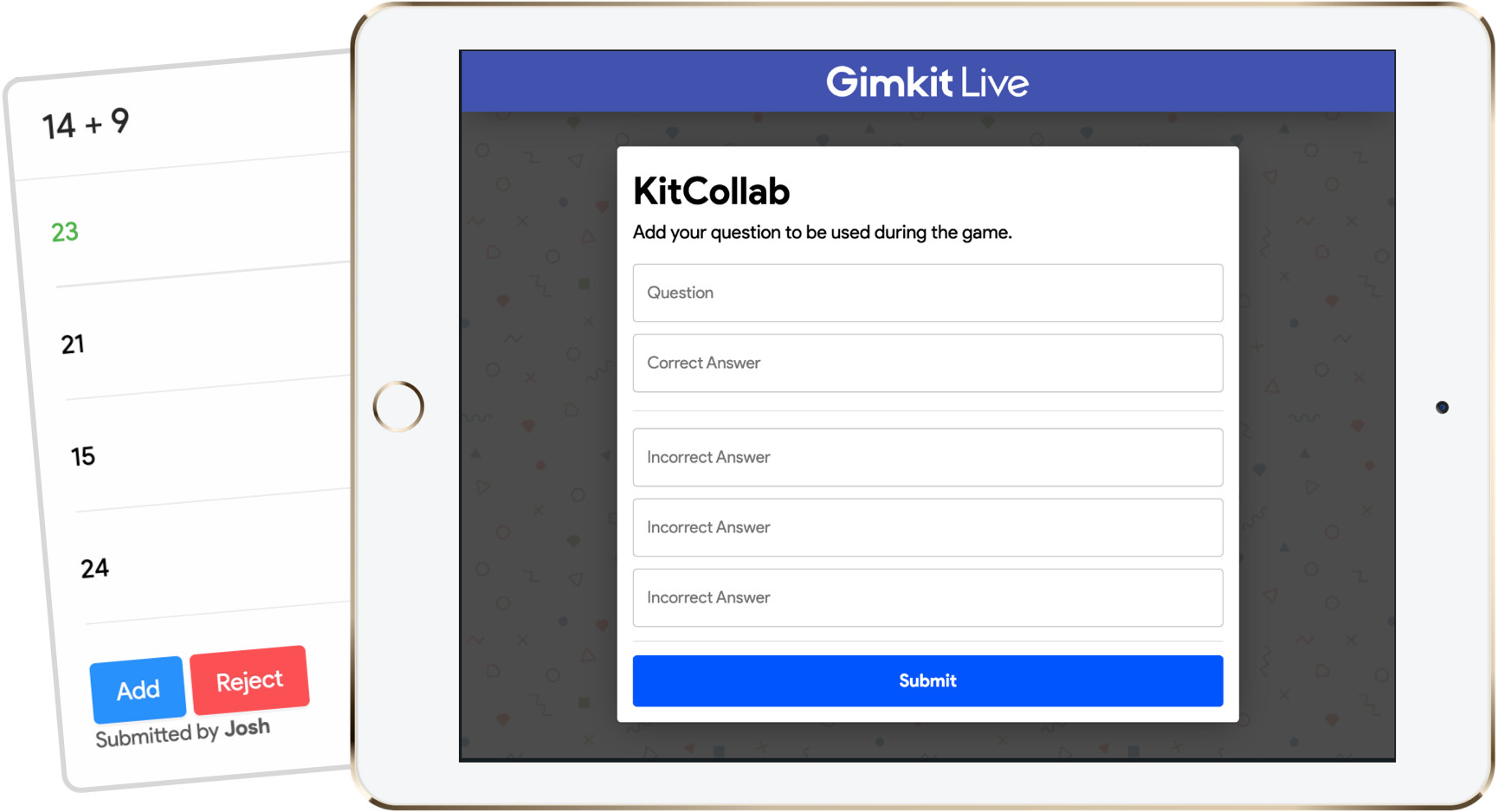What is Gimkit And How Can I Use It To Teach? What's New?
Gimkit brings gamified learning to student devices for groups and individuals to progress

This article was updated in August 2025.
Gimkit takes learning and gamifies it in a way that aims to help engage students better and assist teachers with education. Ideally, kids can get to work independently, leaving more time for teacher one-on-ones.
Built by a former student, this was created with learning in mind from a young mind that could see the value in creating a fun experience. It also means the app is designed to be easily understood and enjoyed by students, with the least amount of learning required up front.
This has been consistently updated with fun and powerful new features, making it more engaging and effective than ever, right now.
This guide aims to explain all you need to know about Gimkit for teaching in your class.
What's new in Gimkit?
Since this was last updated, Gimkit has added a number of useful features. These include laser beam styles, text outlines for clearer guidance, extra props such as the Fishtopia boat, customizable sentries, and a platforming mode that is ideal for interactive reviews.
A useful recent feature is the Pixelator that creates visuals. Other new ones are the Character Dialogue box for story-based games, and a Pop-Up Call To Action device to guide students in games.
Gimkit now offers more than 150 new props, terrains, and maps, making it easier to create fun and engaging student experiences.
Tools and ideas to transform education. Sign up below.
Also semi-recently, the makers of this ever-evolving platform released five game modes as well as added two new types of cosmetics, plus introduced dozens of new Gims into the mix. Consquently, the game is more immersive and freeing than ever for students and teachers alike.
All these updates came from feedback provided by teachers and students so the idea is to offer exactly what is wanted and needed, rather than an update for the sake of it, as some platforms do.
What is Gimkit?
Gimkit is a digital quiz game that uses questions and answers to help students learn. The platform can be used across a host of devices and, usefully, can be used by students on their own smartphones, tablets, or laptops.
This is a very minimal and easy-to-use system that is created by and maintained by students. As such, it's very accessible for the K-12 age group, with intuitive controls.

As you can see above, the questions are clear with multiple choice answer options in boxes that use lots of color for clarity. Students are able to submit questions that the teacher can allow to appear in the game being played.
This offers class-wide games, live, or individual games, at student pace, so it can be used as a classroom tool but also as a homework device. A rewards system helps to keep students engaged so they want to come back for more.
How does Gimkit work?
Once signed up for Gimkit, a teacher can begin right away. Sign up is simple as an email or a Google account – the latter making it easy for schools already setup on that platform. This is especially the case for roster importing. Once a roster is imported, it's possible for teachers to assign individual quizzes as well as live class-wide modes.

Students are able to join a class game via the website or an email invite. Or they can use a code that can be shared via the LMS platform of choice by the teacher. All this is controlled via a central class account that is run by the teacher, which allows for game controls as well as assessment and data analytics – but more on that below.
Games can be held live, during which students submit questions that the teacher moderates and others answer. This can work well if the quiz is projected on the main screen for everyone to work through as a class. It is possible to collaborate in groups or compete against one another. Since there is a five student limit on the free version, the big screen or group options work well.
What are the best Gimkit features?
Gimkit offers KitCollab mode that allows students to help build the quiz with the teacher before the game begins. This can be particularly useful when the class is split into groups and the challenge of coming up with genuinely tough but helpful questions works in everyone's favor.
Kits, as the quiz games are called, can be created from scratch, imported from Quizlet, imported as a CSV file, or picked from the platform's own gallery where you can modify them for your use.
In-game credits are a great way of keeping students engaged. For each correct answer, this virtual currency is awarded. But get a wrong answer and it will literally cost you. These credits can be used to invest in score-boosting power ups and other upgrades.
Millions of combinations allow students to work to their own strengths and build their individual profile. Power-ups include the ability to use a second chance or to get more earning potential per correct answer.

More than ten games are available with more in the works to add even greater immersion to the quizzes. These include Humans vs. Zombies, The Floor is Lava, and Trust No One (a detective-style game).
While the live games are great for class, the ability to assign student-paced work is ideal for homework. A deadline can still be set but it's down to the student to decide when it gets done. These are called Assignments and are graded automatically.
Teachers can use their dashboard to view student progress, earnings, and more formative data that can be useful in deciding what to work on next. One great feature here is the measure of how students did at a game being separate to their academic ability in the task. Ideal for those that may know the answers but struggle at the gaming side of things.
How much does Gimkit cost?
Gimkit is free to start using but there is a limit of five students per game.
Gimkit Pro is charged at $14.99 per month or $59.98 annually. This gets you unrestricted access to all the modes, and the ability to create assignments (play asynchronously) and upload both audio and images to your kits.
Go for the department or schools pricing and its $650 per year for 20 teachers, or the whole school for $1,000 per year.
Gimkit best tips and tricks
KitCollab the class
Have the class build a quiz using the KitCollab feature except have everyone submit a question they don't know the answer to – ensuring everyone learns something new.
Pretest the class
Use Gimkit as a formative assessment tool. Create pre-tests to see how well students know a subject, or don't, before you plan how you want to teach the class.
Get groups for free
Get around the pay restriction limits by having students share a device in groups, or using the whiteboard to project the game for a class-wide effort.
Luke Edwards is a freelance writer and editor with more than two decades of experience covering tech, science, and health. He writes for many publications covering health tech, software and apps, digital teaching tools, VPNs, TV, audio, smart home, antivirus, broadband, smartphones, cars and much more.
